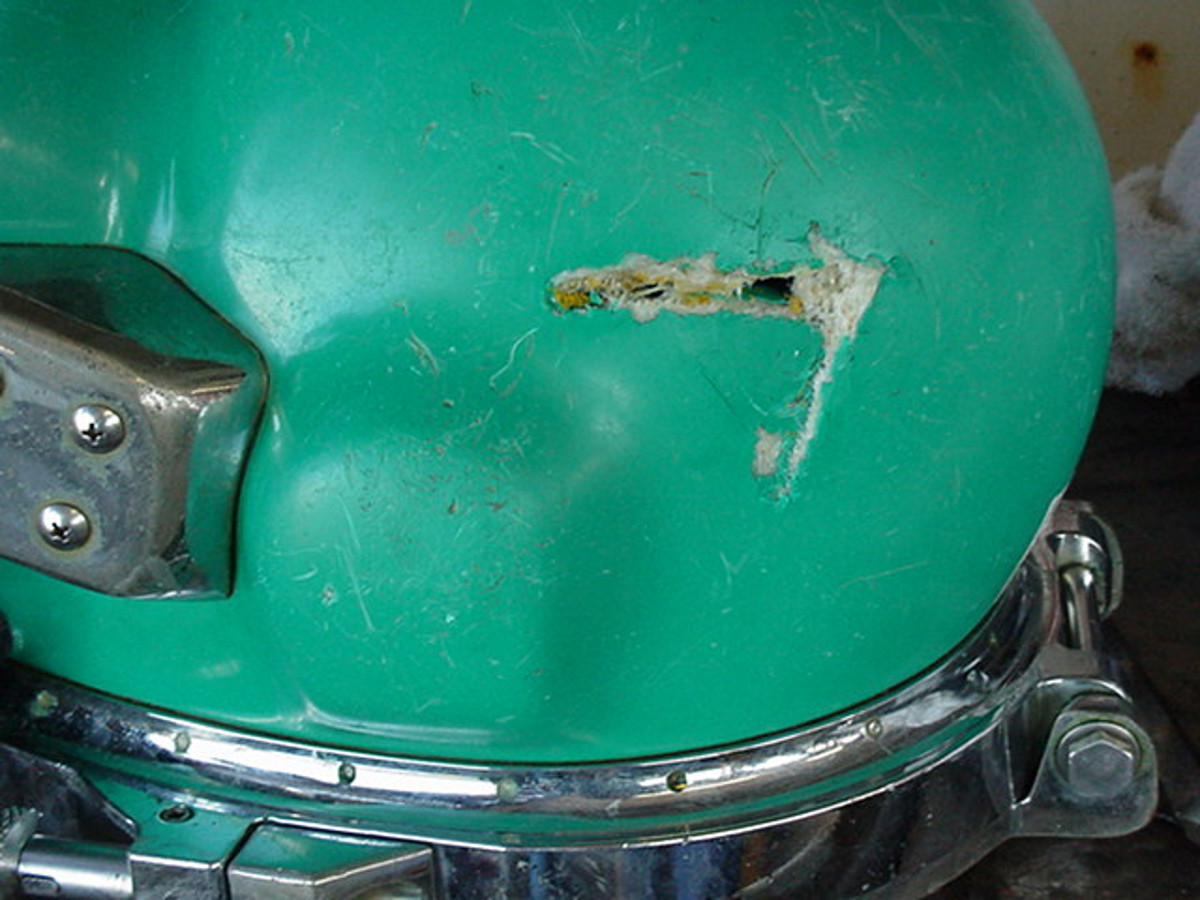Diver struck by lifting frame while installing concrete mattresses
- Safety Flash
- Published on 1 May 2004
- Generated on 12 July 2025
- IMCA SF 04/04
- 4 minute read
Jump to:
IMCA has received details of an incident which occurred offshore during concrete mattress installation.
What happened?
Divers were positioning the mattresses in approximately 37 feet of water.
As a diver confirmed that the last mattress in a spread was centred over the proper location, he called for the crane to lower the load. When the initial weight of the mattress was off the handling frame, an unexpected vessel motion caused by swell forced the frame to move towards the diver and into the side of his helmet. The diver’s helmet was penetrated above and below the diver’s left ear by a piece of angle iron protruding from the middle of the mattress installation frame on the opposite end from the release lever.
The diver had been bending over, attempting to move the mattress into position, with his right arm resting on two previously installed mats behind him. The protruding piece of angle iron was one of several remnants of reflector mounting brackets that had inadvertently been left in place from a previous job.
Besides the damage to the diver’s helmet, the diver received a bruise to his shoulder/forearm when he was caught between the swinging mattress frame and the previously installed mattresses. Had the piece of angle iron further penetrated the diver’s helmet, or had the diver’s head turned in a different direction, the incident could have resulted in a fatality.
Our Member’s investigation revealed the following:
This near miss demonstrates that, regardless of how often a task has been performed in the past, or on a given worksite, or by a very experienced diver, lowering of loads must always take account of vessel heave effects. This incident was further complicated by the fact that the mattress installation load was a ‘two tier one’ – essentially one load (the mattress) slung under the other (the installation frame). When the first load landed, the other would still be free, and likely to be heaving in unison with the ship. It could possibly rotate and be above or close to the diver.
As the diver had, as a matter of necessity, to focus on the correct positioning of the mattress, it would have been difficult for him ‘to keep an eye’ on the handling frame. This would not be helped by the fact that, as the mattress dropped into position, it would stir silt and impair in-water visibility.
The investigation also identified the failure to recognise and assess the hazards associated with the protruding angle iron by the diving crew during mobilisation for the project. However it must be borne in mind that even a ‘smooth’ frame could have stuck the diver causing injury.
The following actions resulted:
- The mattress manufacturer/owner was contacted and permission given to cut the angle iron protrusions from the mattress installation frame.
- Further, the mattress manufacturer/owner involved has stated its intention to remove all non-standard protrusions from its installation frames before they are re-let for subsequent use and asked lessees to assist in this. It notes that the welding of brackets can assist in easing installation procedures, through the use of pingers, transponders, ROV grabber holes, etc., but notes that the safety of divers and ROVs is paramount to be considered above any and all other considerations, with heightened awareness of the dangers leading to this action. Members should review their own procedures to ensure such hazards are considered and addressed.
- An ‘all hands safety stand-down’ was performed, with the incident thoroughly reviewed prior to work recommencing.
- The incident was investigated and lessons learned shared internally through the company and wider through the industry, including dissemination by IMCA.
The following key points have also been stressed by the company involved:
- Hazard identification risk assessments and resultant task plans should address the hazards associated with the deployments of mattresses and a reliable and acceptable means of control provided.
- The importance of not working under suspended loads.
- The need to risk-assess weather and environmental conditions, both imminent and predicted, for mat laying operations.
- The need to monitor changes in weather and environmental conditions by bridge and deck crews.
- The need to ensure handling/deployment frames are safe to work around and do not present hazards to either divers or surface personnel.
IMCA Safety Flashes summarise key safety matters and incidents, allowing lessons to be more easily learnt for the benefit of the entire offshore industry.
The effectiveness of the IMCA Safety Flash system depends on the industry sharing information and so avoiding repeat incidents. Incidents are classified according to IOGP's Life Saving Rules.
All information is anonymised or sanitised, as appropriate, and warnings for graphic content included where possible.
IMCA makes every effort to ensure both the accuracy and reliability of the information shared, but is not be liable for any guidance and/or recommendation and/or statement herein contained.
The information contained in this document does not fulfil or replace any individual's or Member's legal, regulatory or other duties or obligations in respect of their operations. Individuals and Members remain solely responsible for the safe, lawful and proper conduct of their operations.
Share your safety incidents with IMCA online. Sign-up to receive Safety Flashes straight to your email.

